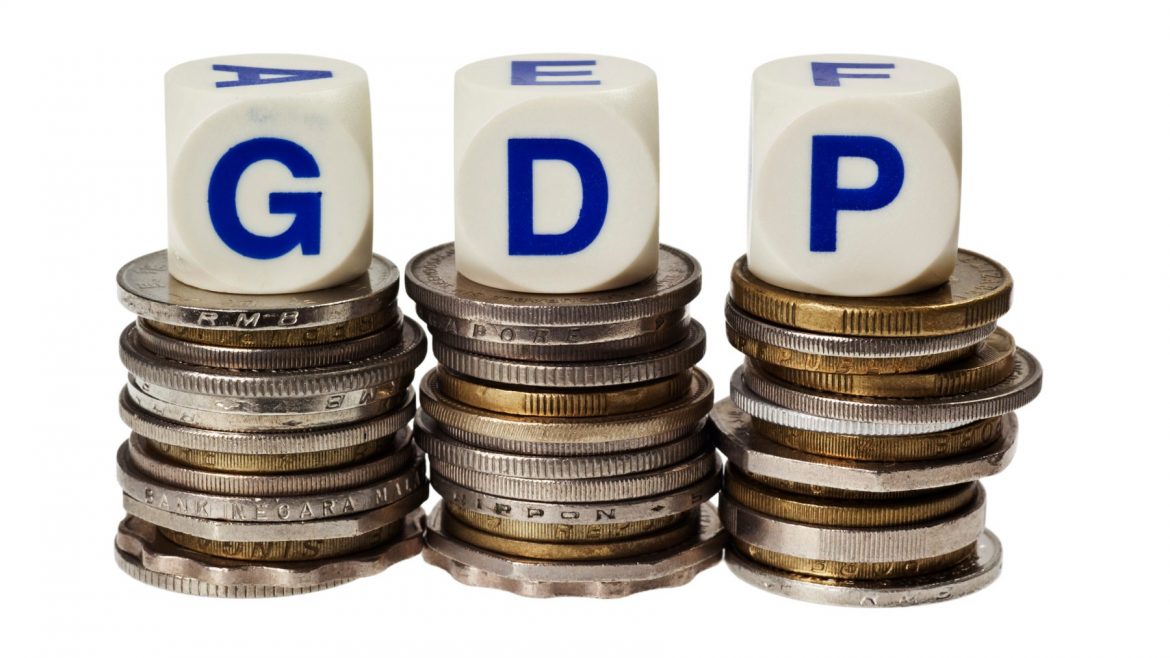For quite some time, American consumers have made the largest contribution to U.S. gross domestic product (GDP) growth. During the second quarter of 2016, personal spending and exports made positive contributions to GDP. These were largely offset by negative contributions from “private inventory investment, residential fixed investment, state and local government spending and nonresidential fixed investment.”
Last week, The Economist pondered why businesses are not investing:
“Firms are on a six-year hiring spree that shows little sign of abating; payrolls swelled by an average of 190,000 a month between May and July. Competition for workers is pushing up wages. The median pay rise in the year to July was 3.4%, according to the Federal Reserve Bank of Atlanta. Americans are spending that cash; in the second quarter, consumption per person grew at an annual pace of 5.5%, equaling its fastest growth in a decade. Yet real GDP is expanding by only 1.2% a year. The culprit seems to be business investment, which has fallen for three consecutive quarters.”
The Economist reflected on the effects of low oil prices, questioning whether weak demand for goods or tighter credit was the culprit behind low business spending. It concluded that slow trend growth (the rate at which the U.S. economy is expected to grow over a period of time) is producing fewer opportunities for profitable long-term investment, and offered the opinion that a solution could be found in fiscal policy:
“Businesses anticipating slower long-term growth cannot be expected to invest much. And politicians cannot easily conjure up technological progress. But they can boost competition, simplify taxes and regulation, and invest in infrastructure and education, all of which would help to raise American productivity.”
Of course, getting politicians to agree on a course of action and implement a coherent fiscal policy is a tall order.

